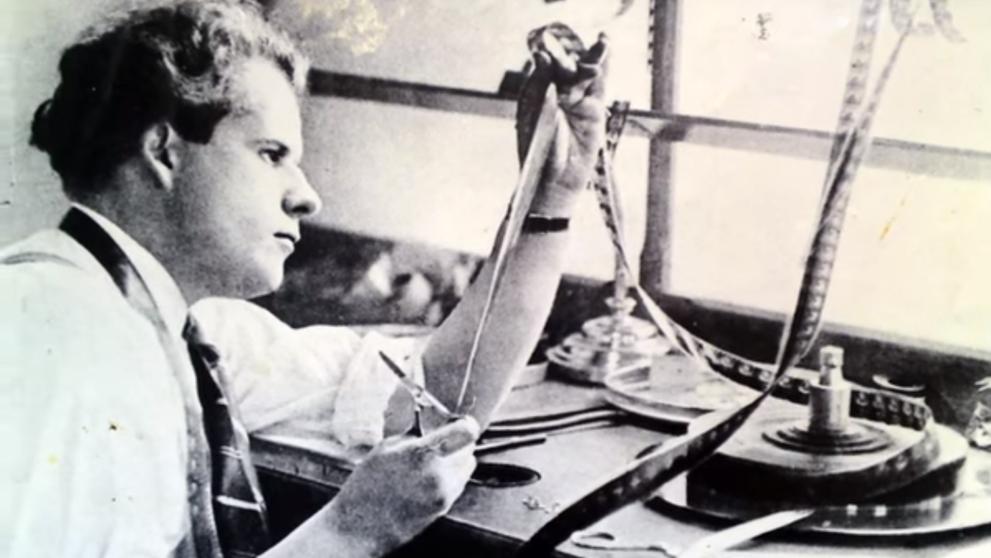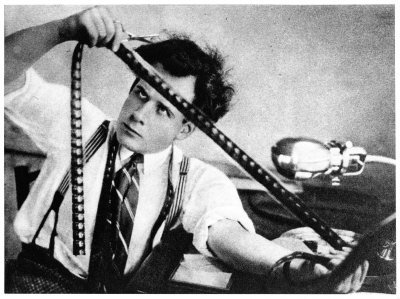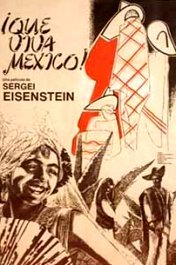Sergei Eisenstein, the discoverer of cinema as a spectacle of the masses
Known as the father of montage
Sergei Mikhailovich Eisenstein was born in Riga, capital of present-day Latvia and then the city of the Russian Empire, on January 22, 1898. Son of a Jewish father and a Slavic mother, from a very young age he stood out for his ease and precision in the drawing, gift that took him in 1914 to enter the School of Architecture of St. Petersburg. In it, he remained for three years, and in 1917, year of the October Revolution, the future architect took a turn towards his oriented future.

The multi-faceted Sergei Eisenstein has gone down in history for the mastery of his films and, above all, for his theory of montage at a time when cinema barely had a couple of decades of existence. However, the avant-garde director also stood out for his extensive knowledge of art, studied engineering and spoke English, French, and German.
All of this contributed to the fact that, despite his limited filmography -which does not reach 20 films and some of them unfinished-, his work remains in force and he continues to revise assiduously for his contributions and influences in the filming, set design, and editing in European and American cinema.
Attracted by the Marxist revolution and convinced of his ideas and that with art could be useful to the revolution, Eisenstein enlisted in 1918 in the Red Army, where he came into contact with the theater to work as responsible for sets and as director. interpreter of small shows for the troop. Demobilized in 1920, he settled in Moscow with the idea of .pplying his pictorial skill to the theatrical scenery.
It was undoubtedly his experience as stage director of the Teatro Obrero (1920) that prompted him to study theater direction at the state school. However, when he was 25 Eisenstein ended his theatrical career after a failure in the assembly of the work Masks of gas, in which, according to his words, "the car broke into pieces and the driver fell on his head". This incident made him leave the theater and focus on the medium that gave him international prestige, the cinema, in which he was a pioneer in the use of editing since, for him, editing was not a simple method used to link scenes, but a medium capable of manipulating the emotions of its audience.

Sergei Eisenstein came from the theater, art that he abandoned in favor of the cinema when it began to be popular. Framed in Soviet realism, he produced a limited number of films that spread throughout the world not only his avant-garde theories of montage but also the new revolutionary ideas. The battleship Potemkin tells the rise of the seamanship of a warship against its despotic commanders. The story is told in short shots, which gives the action an intense inner rhythm. The dramatic images of the slaughter of the stairway, in which there is a relaxation of time, has passed to the anthology of the best cinema sequences. In addition, it is also the first film in the history of cinema that does not have an individual protagonist, it is a collective that stars in the film.
His next films, October, on the events of the assault on the Winter Palace during the Russian Revolution of 1917 and the old and new, on agrarian reform, already began to be marked by the strong political control prevailing in the Soviet Union, which it forced him, for example, to eliminate Leon Trotski from October, after being singled out and persecuted by Stalin. After passing through Europe, where he went to learn about the advances on film with sound, he moved to the United States, where he was welcomed as a celebrity, although he was forced to swear respect to the US Constitution, something that would make him suspicious of Stalin's eyes for the rest of his days and that earned him numerous subsequent problems.


After several projects frustrated by the witch hunt against the communists in the US, Eisenstein moved to Mexico, where he was initially imprisoned along with his collaborators and although his artistic value was later recognized, the political pressures generated by his origin Russian also frustrated their projects in Mexico.
After returning to the Soviet Union was tightly guarded by the government and in fact, Eisentein was advised by Stalin himself on how he should develop the second part of his film Ivan the Terrible, which even with the intervention of the dictator, was banned in 1946 by condemn tyranny and reveal the crimes of that Russian czar.
The work of Sergei Eisenstein and his treatises on film editing influenced many later filmmakers, such as Stanley Kubrick, whose career as a photographer is already drawing his narrative capacity and the influence that had on him directors like the German Max Ophuls or Eisenstein himself.